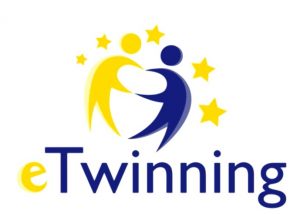Αρχική » 5 Code
Αρχείο κατηγορίας 5 Code
LTTA 5 Scratch
Guess the word Μετάβαση στο scratch.mit.edu.
LTTA 5 Scratch
History puzzle Μετάβαση στο scratch.mit.edu.
LTTA 5 Scratch Greece
Christ has risen Μετάβαση στο scratch.mit.edu.
LTTA 5 Scratch Colours
Colours Μετάβαση στο scratch.mit.edu.
LTTA 5 Greece Code
Agenda 18 to 22 July Λήψη αρχείου
mBlock
mBlock 5 A powerful platform for coding designed for STEM education mBlock 5, based on Scratch 3.0, is specially designed to support STEM education. By supporting block-based and text-based programming, mBlock 5 allows users to freely create games and animations, and to program Makeblock robots and micro: bit. Moreover, the software features cutting-edge technologies like […]
Scratch EDUCATOR GUIDE
Scratch Guide and lessons for Educators Λήψη αρχείου
Scratch -Getting started
Getting Started with Scratch Scratch is a free visual programming language and online community where anyone can create their own stories, games, and animations. We are so excited to share the many pathways to participate in the Scratch global community! Just Getting Started? The Scratch Ideas page is a great place to begin! This page offers a […]
Coding in the Classroom
Edutopia One need not look to superstars such as Mark Zuckerberg or Bill Gates to justify reasons for using code and programming logic in the classroom. There’s plenty of literature that illustrates its positive learning outcomes. Coding in the classroom is linked to improved problem solving and analytical reasoning, and students who develop a mastery […]
mBlock Educators’ Assessment
Professional Educators’ Assessment of mBlock Based on Scratch 3.0, mBlock is a programming software tool designed mainly for STEAM education. mBlock helps kids easily learn how to program without using new kids programming language. With this software, children can write programs and interact with different hardware. Besides, they can also get familiar with AI, the most fundamental new […]

